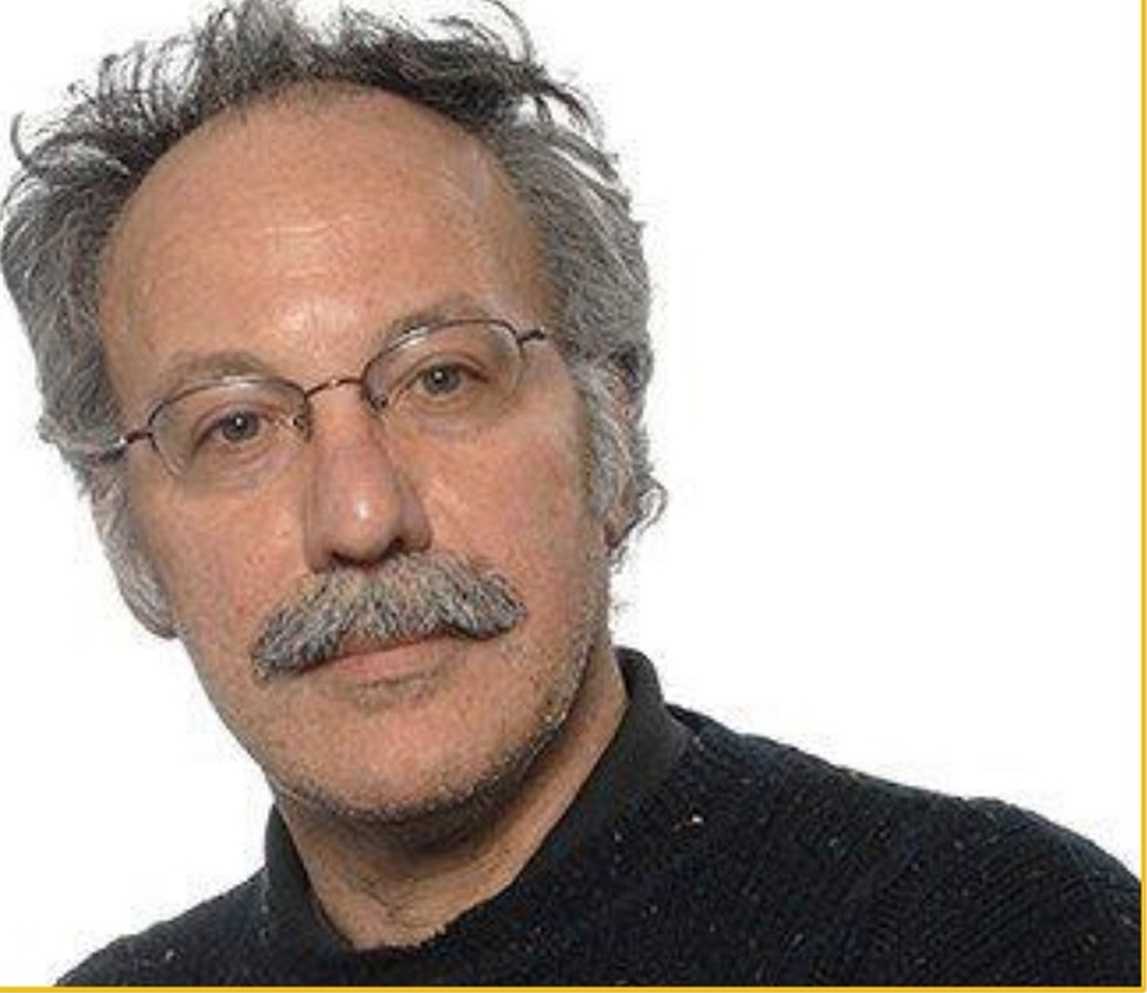843010091
prof. Ben Luisi
University:
University of Cambridge Department of Biochemistry
will deliver a lecture titled:
Machinery of bacterial riboregulation
DATĘ: Tuesday, 5 March 2019 111.00 VENUE: CNBCh UW, Hall B
ABSTRACT:
In many bacteria, ribonucleases play a central role in RNA Processing and turnover as well as in RNA-mediated regulation. In Escherichia coli and other species, the enzyme RNase E serves as the scaffold of the RNA degradosome, which is a multi-protein assembly that is membrane-associated. We describe the components and organisation of the degradosome, and we present data that support a model for a highly dynamie assembly that can act cooperatively through allosteric conformational switching and clustering.
A model will be described for how some sRNAs act in conjunction with the RNA chaperone Hfq to guide the machinę to cleave targeted transcripts as part of intricate regulatory

be described, and a model
networks. Evidence for a recognition codę for RNase E
presented for the stepwise process for interception, interrogation and handover of targeted substrate to the catalytic centers.

Activity at Home University: Professor of structural biology, studies regulation of RNA metabolism and membranę transporters in bacteria. Elected as EMBO member and Faculty of 1000, multiple laureate of Wellcome Trust grants and holder of ERC Advanced Grant. He established a modern platform for CryoEM and CryoET at the Department of Biochemistry at the University of Cambridge.He was a PhD student of Max Perutz - Nobel laureate in chemistry in 1962 - in whose laboratory he worked on the structure of hemoglobin in LMB MRC in Cambridge together with Kiyoshi Nagai. He also studied protein-DNA interactions under the direction of Paul Sigler at the Yale University.

University of Warsaw Biological and Chemical Research Centre
Wyszukiwarka
Podobne podstrony:
Computer Aided Systemslvan Kurie Prof. Ivan Kurie , University of Zilina, Faculty of Mechanical Engi
IMG#52 f > f DOIA (c) Univer$ity Eriangen. Department of Dermatólogy
Zespół prof. Jan Maciej Kościelny J Warsaw University of TechnologyAMandDi*>
Scan142 (2) Genetyka dysleksjiBruce F. Pennington1 i Richard K. Olson2 Department of Psychology, Un
szpilki33@ Copyright Department of Anatomy Center of Biostructure-floaeactłtT •> Medical Uni
szpilki33S Poland, 2001 Copyright Department df Ai Center of Biostructure Res.i Medical Univers
szpilki34$ / Copyright Department of Anatomy Center of Biostructure Research Medical University
M iliacus sin DepartmentfofMnatomy ^ Center; of Bios^-uctur.ej[Research Medićal U
Foramen palatinum maius sin Copyright Department of Anatomy Center of Biostructure Rese; Medica
Autoreferat, Katarzyna Sledziewska Gospodarczych SGH, Department of Economics of the University of T
mmi ifPl rv p rC * Uf Prof. Przemysław Gut Catholic University of Lublin
Tuesday, llth September 2007 8.45-9.15 Prof. Dr. Uri Zoller, University of Haifa,
więcej podobnych podstron